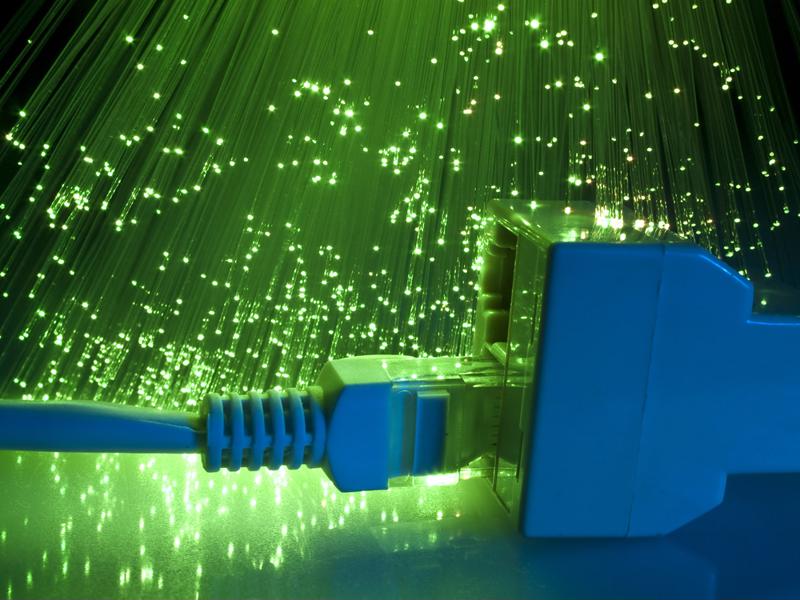5 simple ways to improve data center power management
5 simple ways to improve data center power management

Power management is the most basic need of any center, but there's nothing basic about it. In 2014, U.S. data center consumed a cumulative total of 70 billion kilowatt-hours.
Managing the extraordinary level of power consumption in these facilities, especially in high-density data centers, is challenging, but much less so if you apply these five basic tips:
1. Daisy chaining
Most modern, best-of-breed power distribution units (PDU) accommodate daisy chaining. Traditionally, every PDU required its own network port, but by hardwiring multiple PDUs to one another with Ethernet cables, suddenly, four PDUs can share a single IP address. This cuts back on the total amount of network infrastructure needed to connect PDUs, and makes it that much easier to cluster power infrastructure in an organized manner.
Word of caution: Make sure that the PDU you invest in is fault tolerant. In other words, if one connection fails, the other PDUs connected to it won't go offline. This also means maintenance can be done on one PDU without affecting the others it's connected to.
2. Color-coded PDUs
Speaking of organizing power infrastructure, one of the simplest things any data center manager can do is invest in color-coded PDUs. These use color labels to identify power feeds, and color-coded, locking receptacles to further categorize sub-circuits. This reduces the risk that power feeds will suffer a short as new equipment is added since technicians will have an at-a-glance approximation of how much electricity is flowing through a given circuit or sub-circuit.
3. Remote power monitoring
In order to accurately bill clients, colocation facilities require utility-grade power metering. Remote power monitoring aggregates this information, and forwards it to a predetermined endpoint or endpoints. In addition to more accurate billing, remote power monitoring helps identify inefficient equipment that needs to be replaced as well as zombie servers (which each year in the U.S. consume enough energy to sustain three power plants).

4. PDU environmental intelligence
Power monitoring isn't the only form of auditing enabled by a best-of-breed PDU. For starters, the ability to switch out intelligence units on a PDU within minutes ensures that your power monitoring is always the best available. The application of interchangeable monitoring devices (IMD) also enables the input of environmental monitors that measure humidity and temperature in real time. These, paired with remote power monitoring, give data center operators a fairly comprehensive view of their PDUs.
5. Your UPS is your VIP
"The uninterruptible power supply is the last line of defense."
Last but definitely not least, your uninterruptible power supply (UPS) is the final line of defense between business continuity and the much-despised downtime. It doesn't take very much to disrupt business continuity. Believe it or not, squirrels chewing through cables have been known to induce data center downtime. When all it takes is a furry little mammal to cripple your operation, it's vital that your UPS is in working order. To that end, make sure you use remote power and environmental monitoring for your UPS room, regardless of how often you actually use the secondary power source. Also be sure you invest in reliable transfer switches since these are what will keep your equipment running faultlessly during a switchover to the UPS.
To learn more about UPS maintenance, read I've got the power! – UPS maintenance 101. And for more information on power management best practices, contact Geist today.



